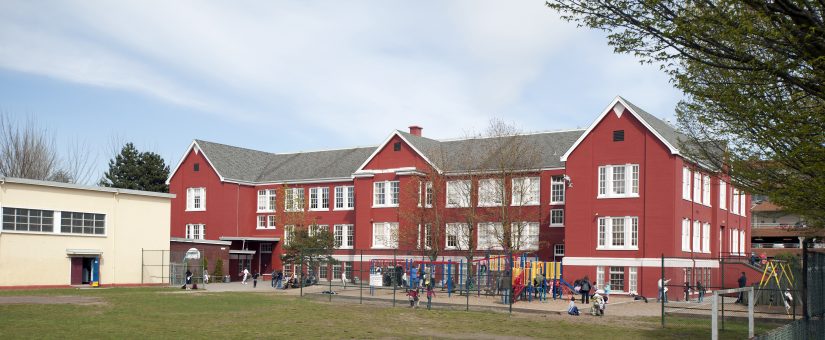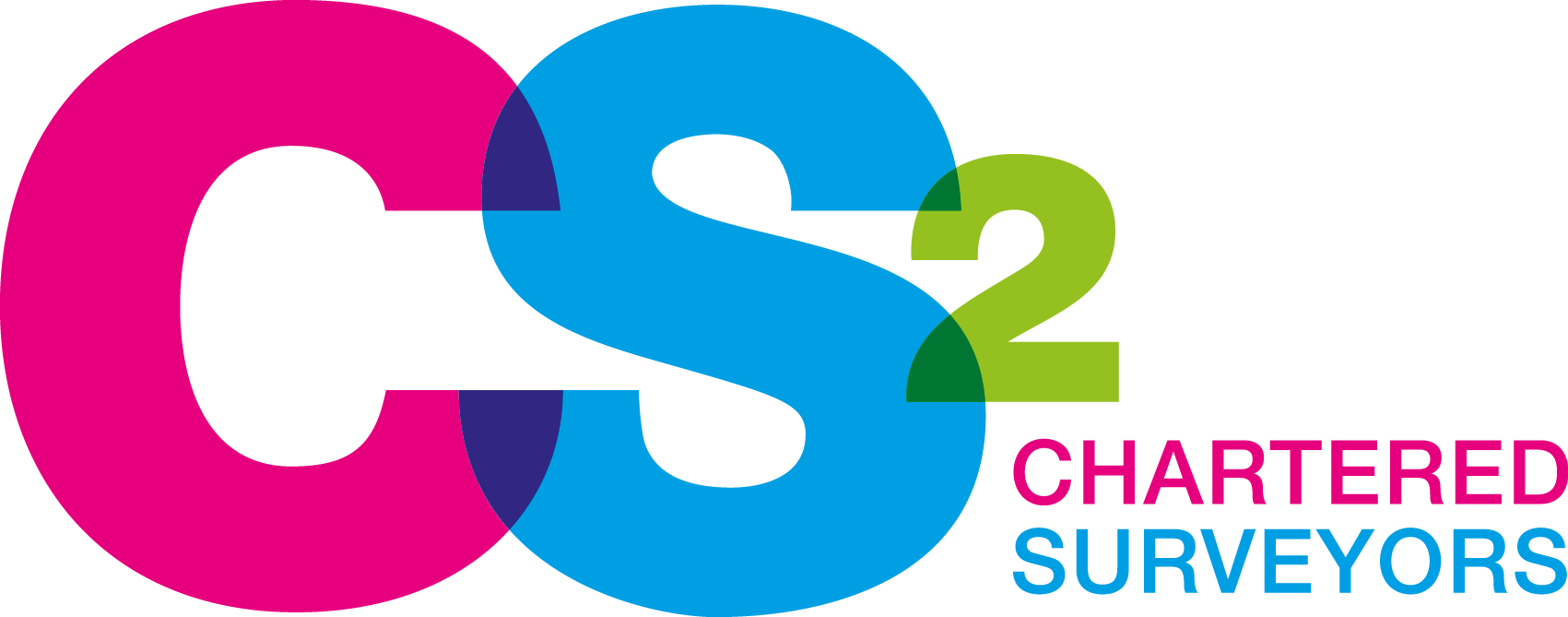Multi Academy Trusts: Minimising infrastructure obligations
- August 22, 2016
- 1,629 views

As a governor on the board of my children’s school in Milton Keynes, I am interested in the proposal to combine two brand new and two existing schools to create one Multi Academy Trust (MAT).
This is considered small scale compared to the aspirations of the newly appointed National Schools Commissioner, David Carter, who wants MATs to comprise up to 10-15 schools. However, irrespective of size and state of the buildings, there are subsequent challenges in how to manage the complexities of the built environment within a MAT proposition that need to be understood.
Only last month (11.07.16), outgoing Ofsted Chief Inspector Sir Michael Wilshaw claimed the government had allowed too many schools to be taken over by MATs with weak records and which lacked the capacity to improve the schools under their control. He’s focusing on education. The same concerns might also be levied surrounding the schools as physical units. How should MATs approach what is essentially an acquisition of the built environment?
The simple answer is to undertake good, quality due diligence. The MATs are essentially assuming responsibility for the repair, maintenance and up-keep of the assets and so the legal due diligence should adopt usual protocols; searches for wayleaves, boundary positions and ownership confirmations should all be taken into consideration as part of the process.
If a new school building is being acquired for the MAT, the warranties of the design team and contractor/s, formally invested in the Local Authority or Academy Trust, should be assigned to the MAT.
A building inspection report should also be commissioned and extend to roof inspections, building services and below ground drainage where much liability can manifest itself. Any historic information such as H&S Files, O&M manuals, maintenance agreements should all be obtained as part of the process.
You need to be certain that everything within an existing building has been noted within a PPM (planned preventive maintenance). Stringent exploration and due diligence on the infrastructure will need money upfront but the onus will be on the MAT to pick up the bill for any future maintenance of all buildings.
We wait to see the long-term effects of MATs. Their success will depend on the educational standards they aspire to, but those within our industry can contribute to success by supporting the infrastructure to ensure they are capable of delivering the educational needs of the students for the future.



0 Comments